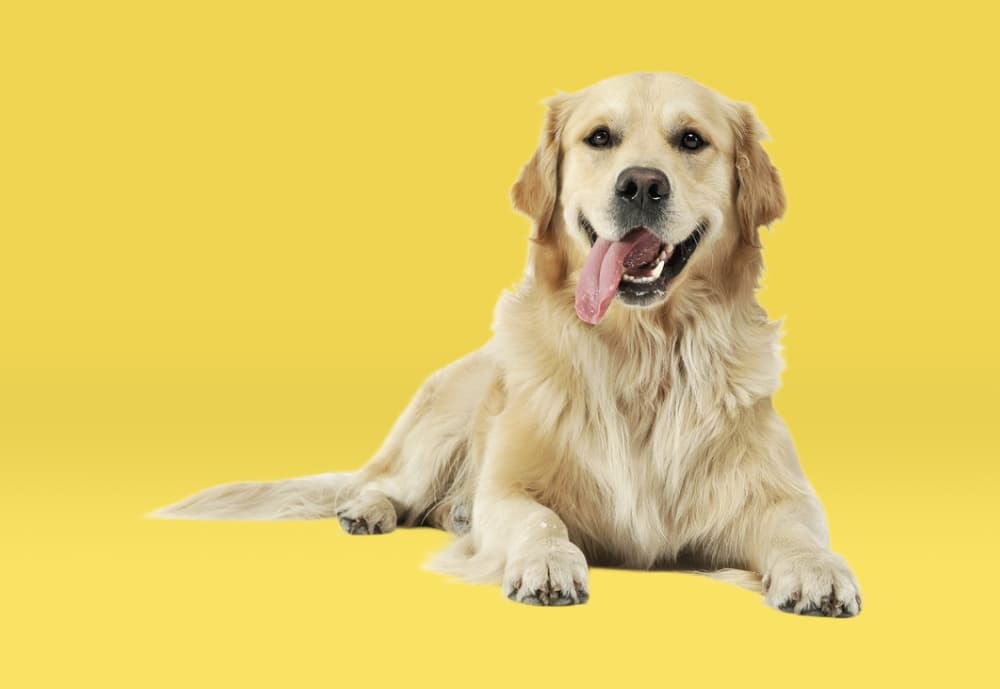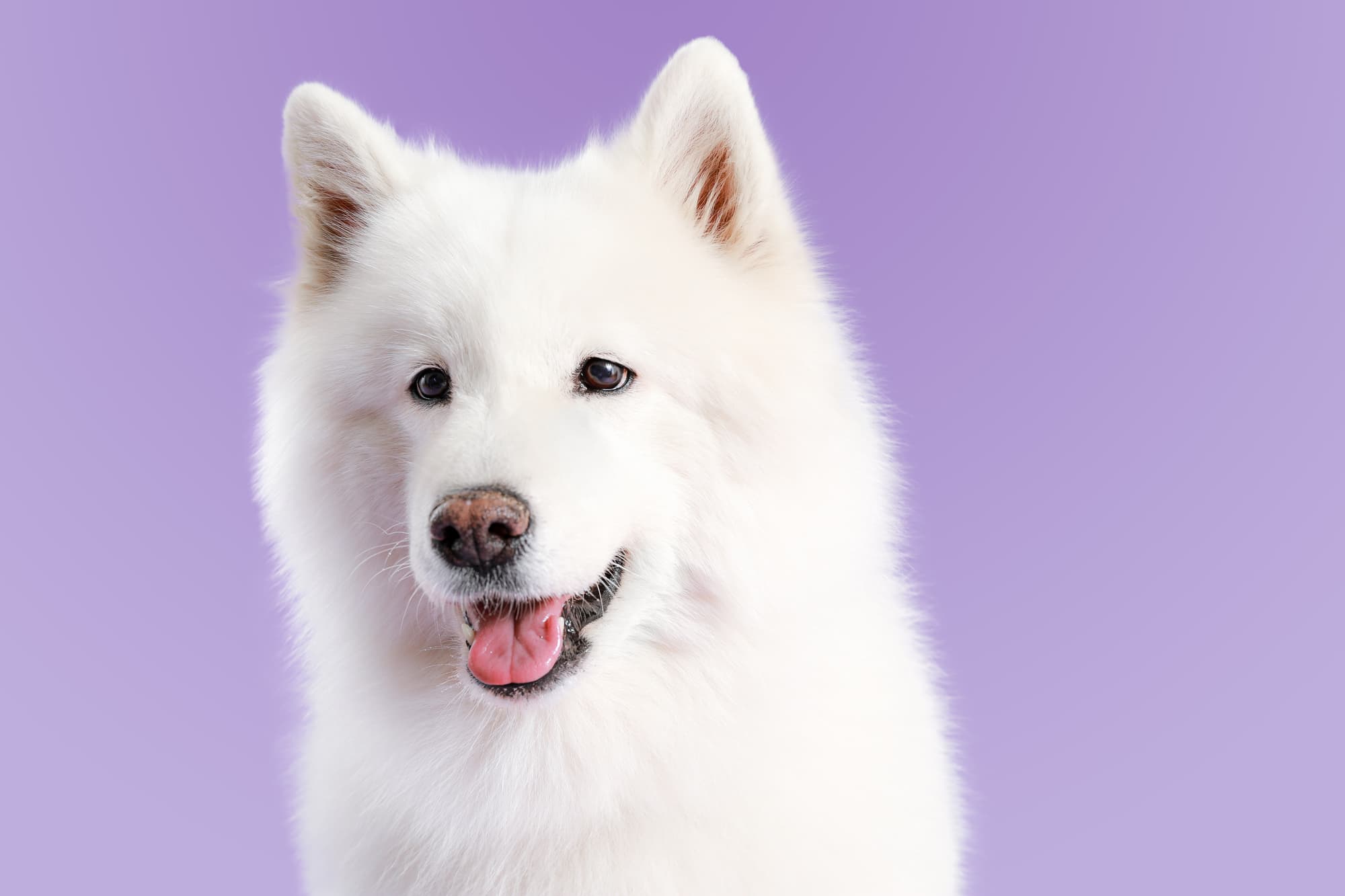
Glaucoma

Our guide has been authored by qualified veterinarians, but should not be taken as substitute for medical advice or professional veterinary consultation. If your pet displays any unusual symptoms, we strongly advise seeking guidance from a veterinarian
Understanding Glaucoma in dogs
Glaucoma is an eye disease characterized by increased pressure within the eye as a result of impaired fluid drainage. It’s a serious medical issue that, aside from the associated discomfort, can rapidly lead to damage to the optic nerve, potentially resulting in irreversible blindness.
Glaucoma's Causes: Uncovering Triggers
The causes of glaucoma in dogs can be categorized into two types: primary or secondary.
Primary glaucoma develops due to genetic factors when genetic defects cause a disruption in normal eye drainage.
Secondary glaucoma can occur due to several reasons: inflammation in the middle layer of the eye, lens luxation (dislocation), intraocular tumors, trauma, and severe eye injuries.
 Recognizing Glaucoma: Signs and Symptoms
Recognizing Glaucoma: Signs and Symptoms
- Pain
- Excessive blinking
- Eye rubbing
- Excessive tearing
- Loss of appetite
- Low mood
- Eye redness
- Visual impairments: In cases of nerve damage, visual impairments may manifest as bumping into objects or difficulty navigating familiar surroundings.
- Swelling or protrusion of the eye
 Glaucoma Diagnosis: How it's Identified
Glaucoma Diagnosis: How it's Identified
The veterinarian will start with a thorough physical examination.. From there, they will move on to a comprehensive external eye examination, including measuring intraocular pressure (IOP) using a tonometer. Additionally an ophthalmologist will perform more in-depth examinations of the eye, including ophthalmoscopy to examine the internal structure of the eye, gonioscopy to examine the angle of drainage within the eye, and ultrasound of the eye to assess the condition of the retina.
 Treating Glaucoma: Options and Approaches
Treating Glaucoma: Options and Approaches
Since glaucoma is a medical emergency, the goal of treatment is to reduce intraocular pressure, alleviate pain, and prevent further damage.
For secondary glaucoma, efforts are made to identify and treat the underlying cause promptly. Treatment may involve medications to lower intraocular pressure, administered as eye drops, which reduce fluid production or increase its drainage.
If medical treatment is insufficient, surgical intervention may be necessary to either decrease fluid production or increase its outflow using various methods. These are complex surgeries performed most frequently by ophthalmologists.
In cases where no treatment is effective, or if irreversible blindness occurs, veterinarians may recommend eye removal surgery called enucleation. While it sounds daunting, it’s a procedure that can bring significant relief without impairing daily function.
Glaucoma: Surprising Facts

Dogs are more prone to developing glaucoma than humans. It is estimated that 1 in every 50 dogs will develop glaucoma during their lifetime.

Dogs undergoing eye removal surgery adapt quite easily to their new condition and suffer only a minor loss of depth perception.

The fluid inside the eye is much more than just water filling the eyeball. It provides nutrients to the cornea and lens and plays a crucial role in immune defense.
 Vet's Tip: Dealing with Glaucoma
Vet's Tip: Dealing with Glaucoma
Primary glaucoma is a chronic disease that progresses gradually. Although medical treatment may slow its progression, it cannot be cured, and sometimes, surgical intervention is inevitable. It’s essential to know that even though it mostly appears in one eye, there’s a high chance it will also develop in the other eye. Therefore, it’s crucial to closely monitor the healthy eye. In severe cases, when the eye causes severe pain, especially if vision is already lost, veterinarians may recommend eye removal. While it sounds gruesome, it’s a procedure that can bring immense relief without impairing daily function.




Price Tag

Latest in Research and Treatments
Today, it’s known that glaucoma goes far beyond a condition originating from high eye pressure. It’s a complex disease for which the current treatments are still not adequate, and therefore, many cases end in blindness. Innovative treatments focus on protecting the optic nerve and attempting to preserve it from glaucoma damage, essentially preserving vision. Some show very promising and consistent results, and it is hoped they will be put into use in the near future.
dogs breeds Prone to Glaucoma
Did you know?
Enrolling in Animalia Pet Insurance
while your pet is healthy is a wise decision.
Waiting until a disease develops means it won't be covered.












